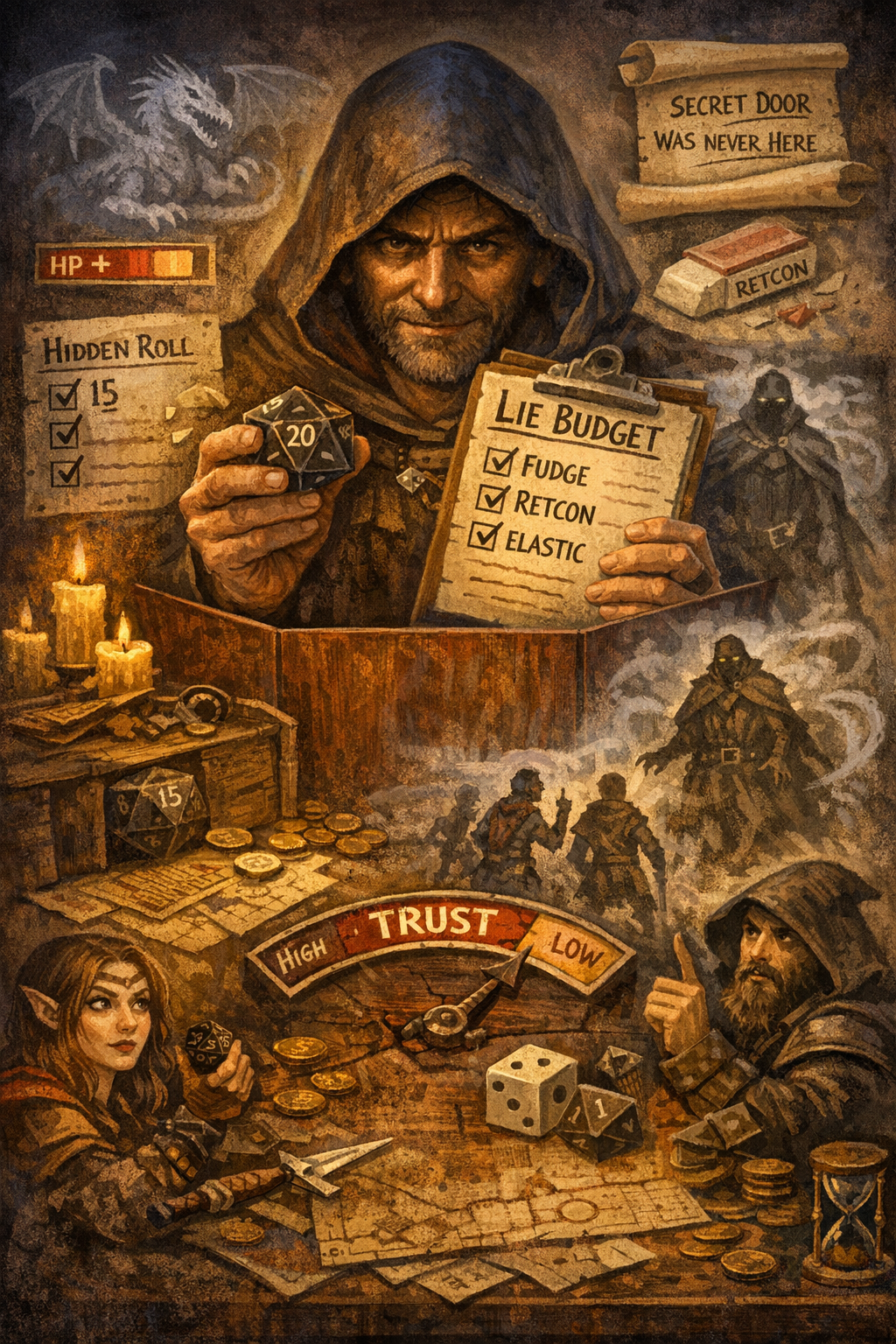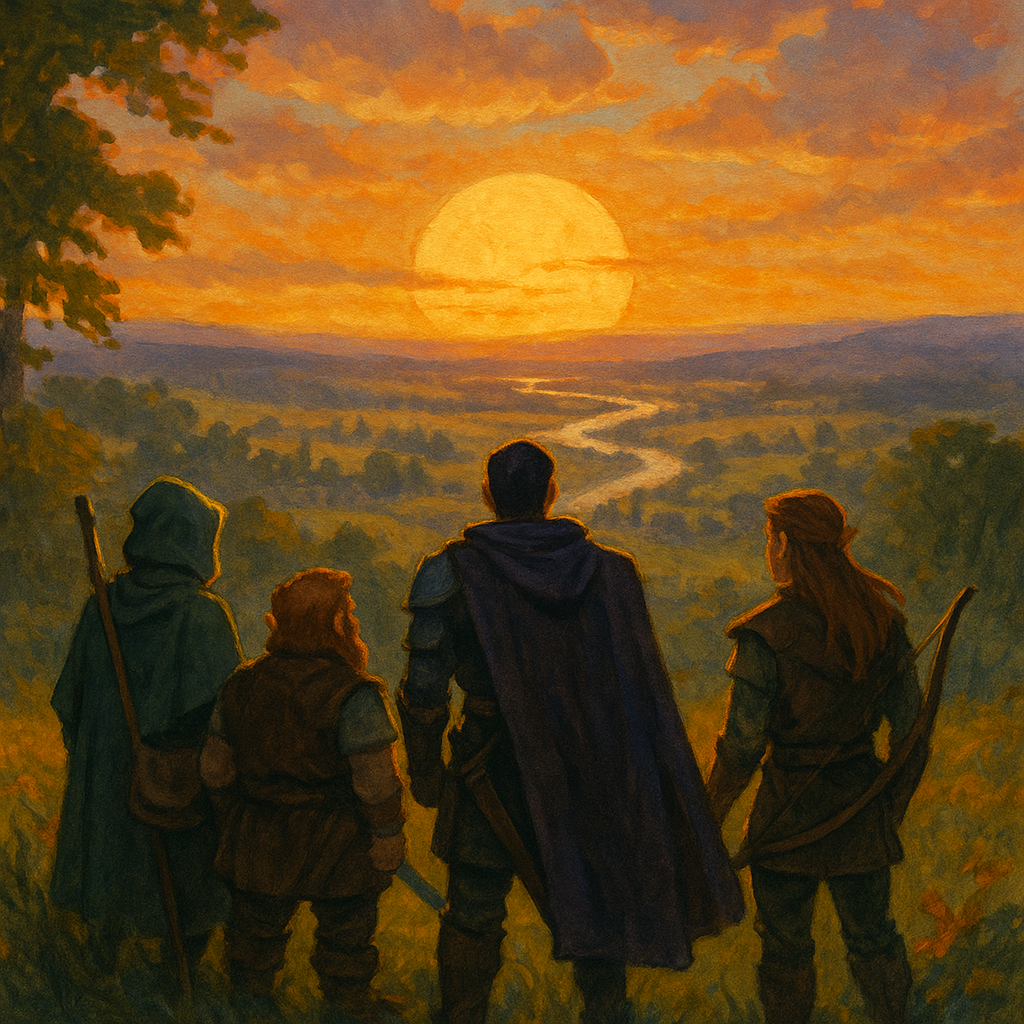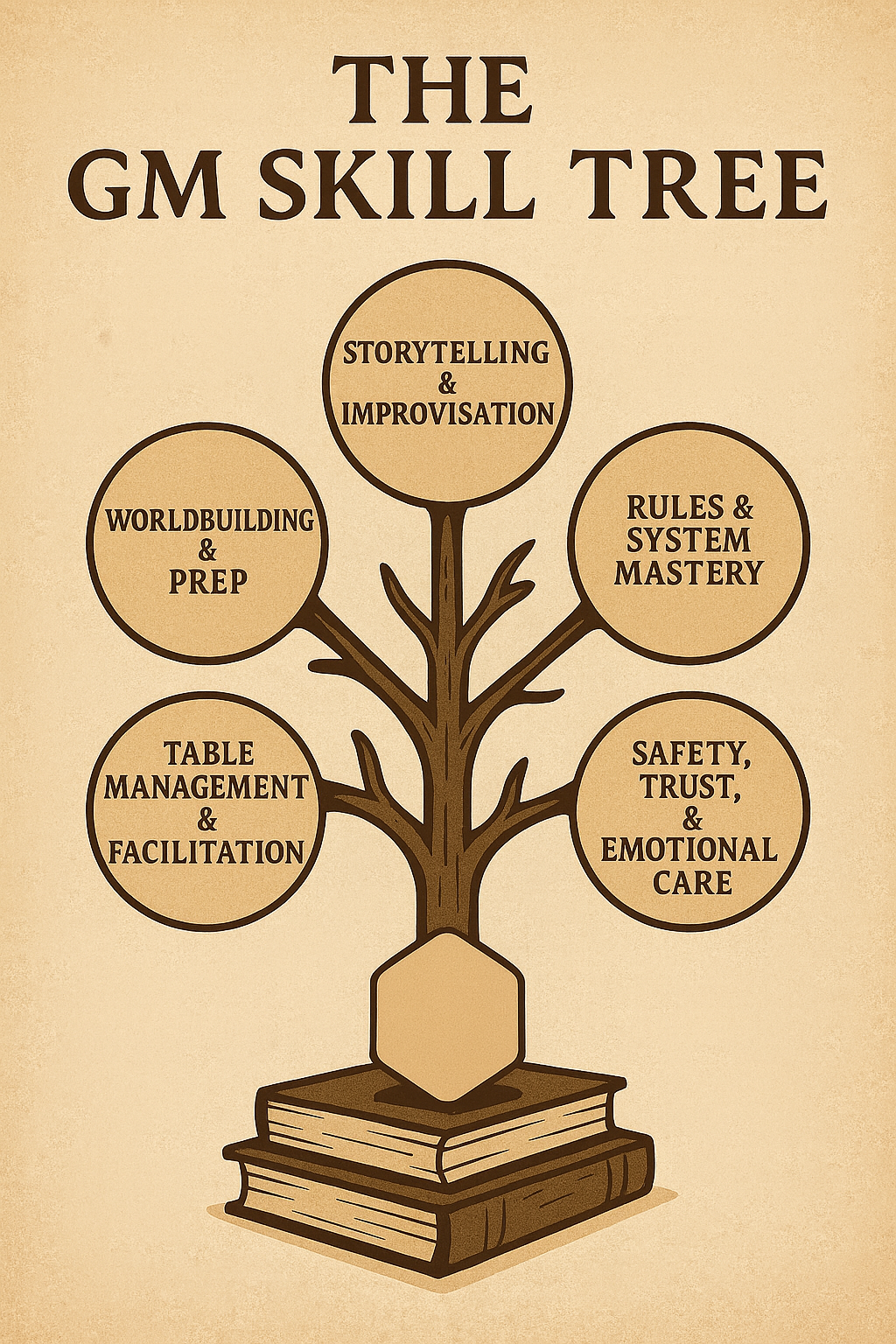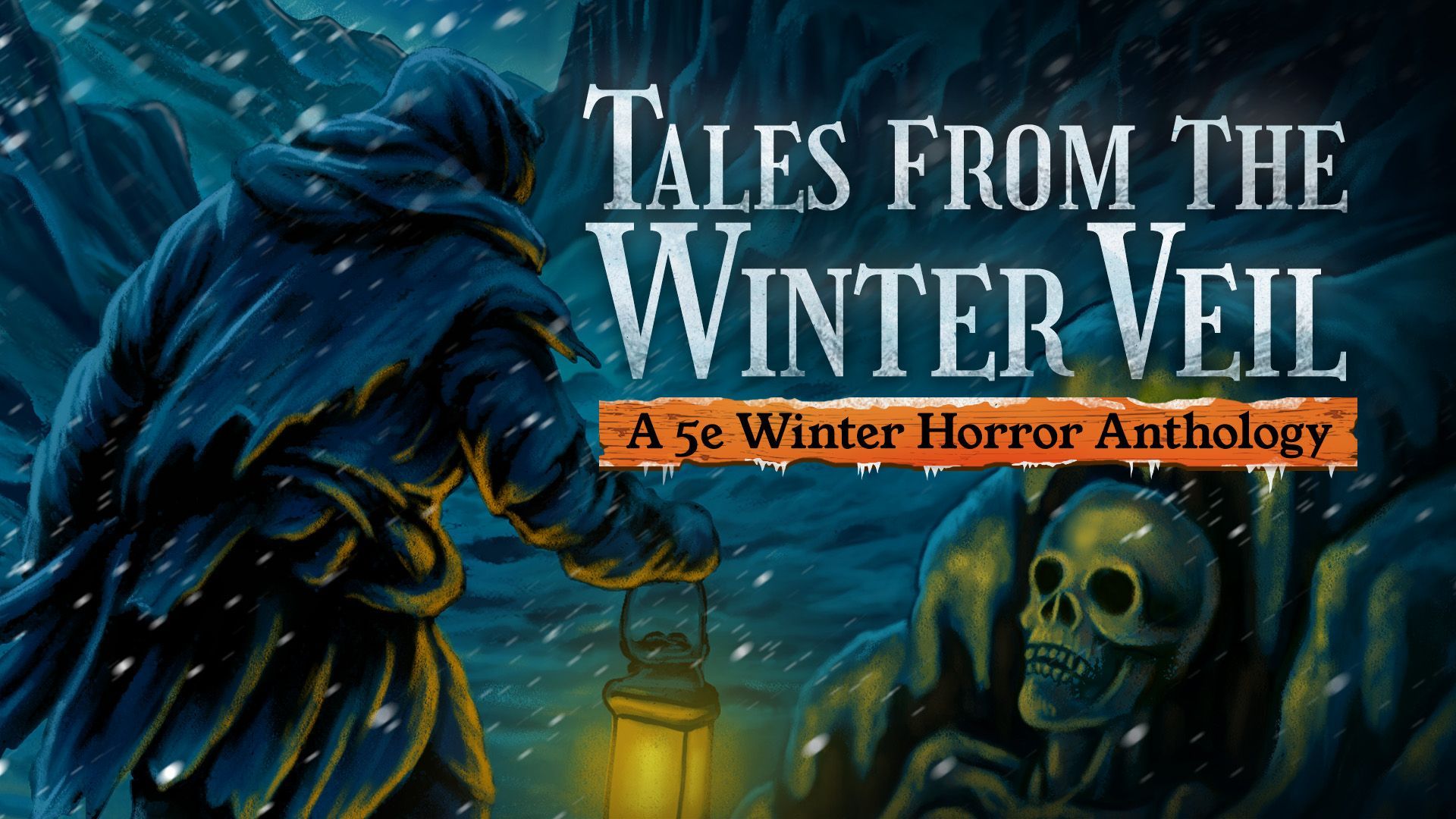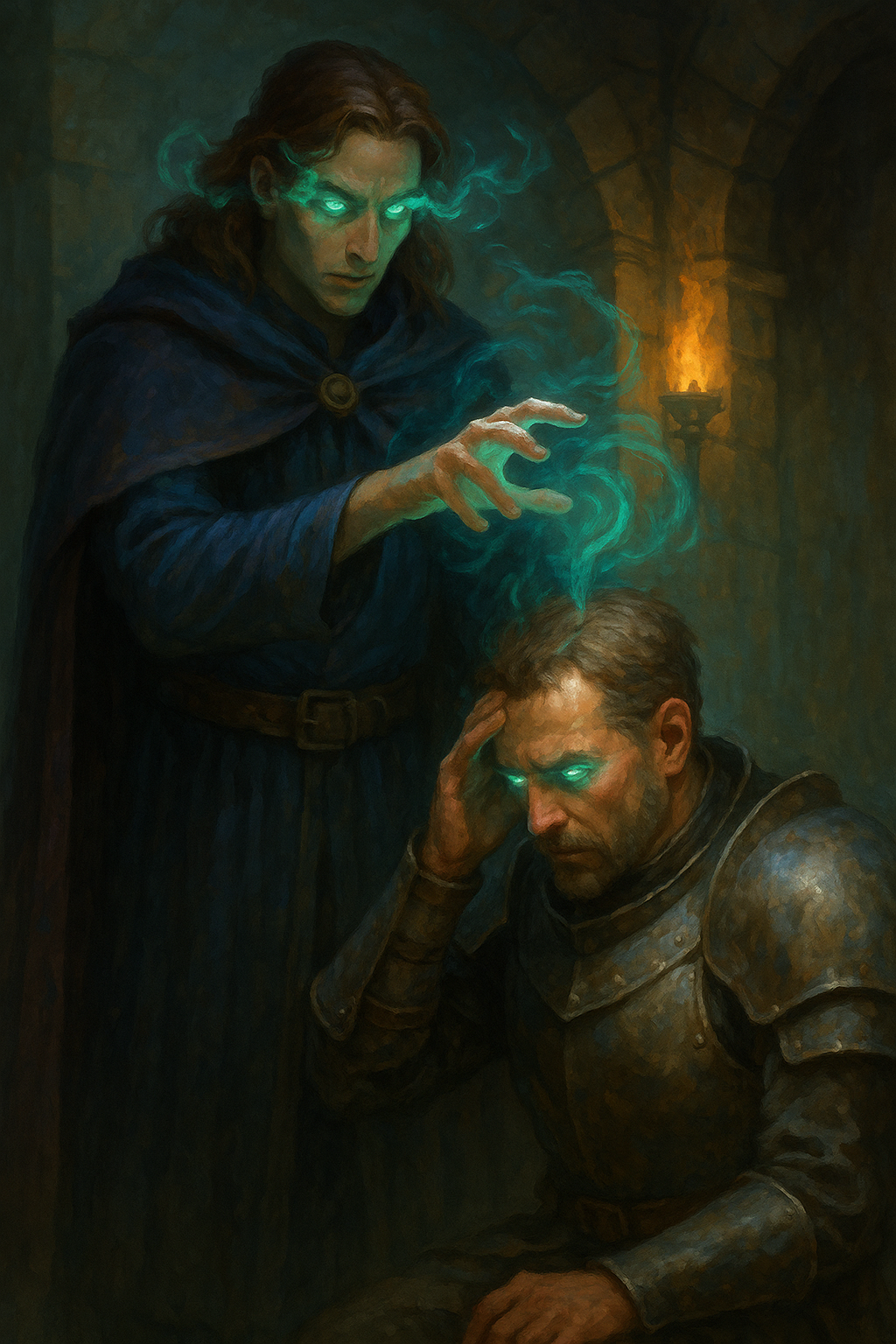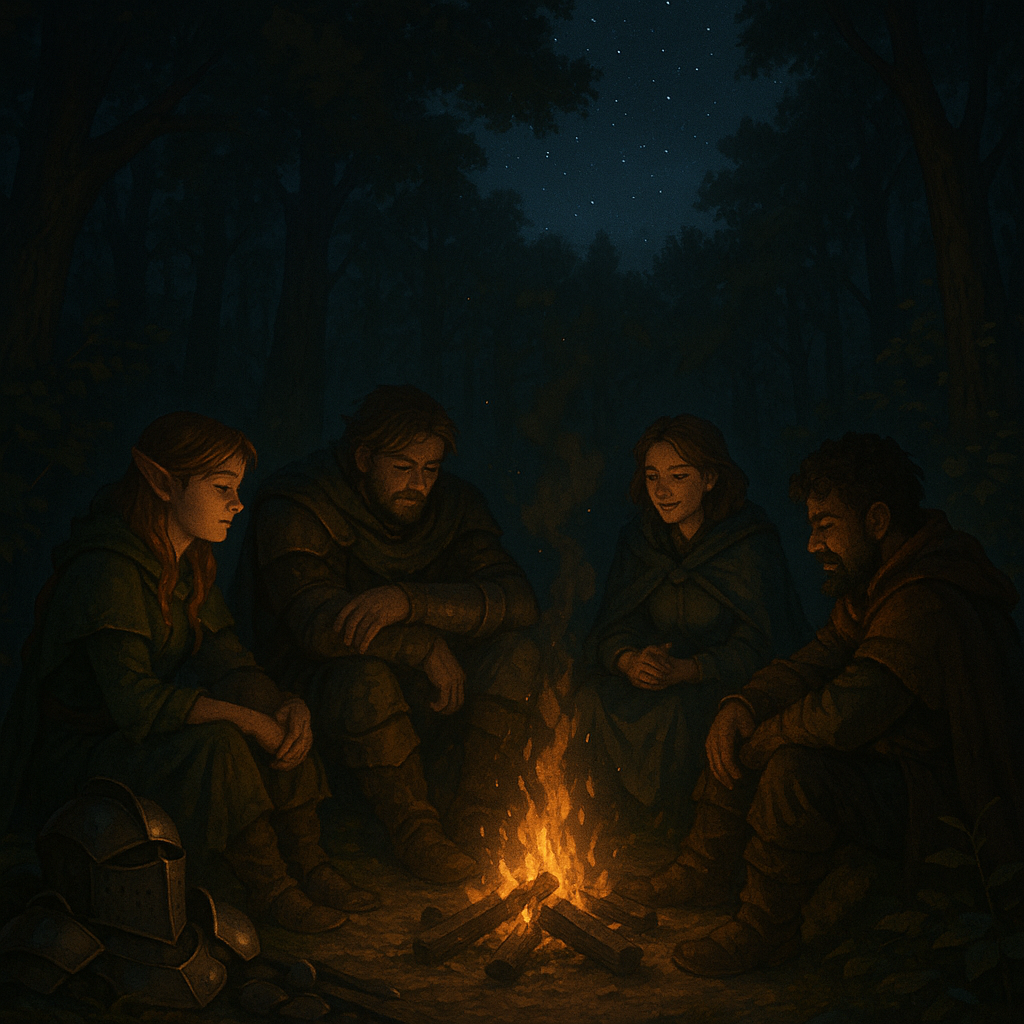The Anatomy of a Great NPC Death Scene
Gandalf, nooooO!
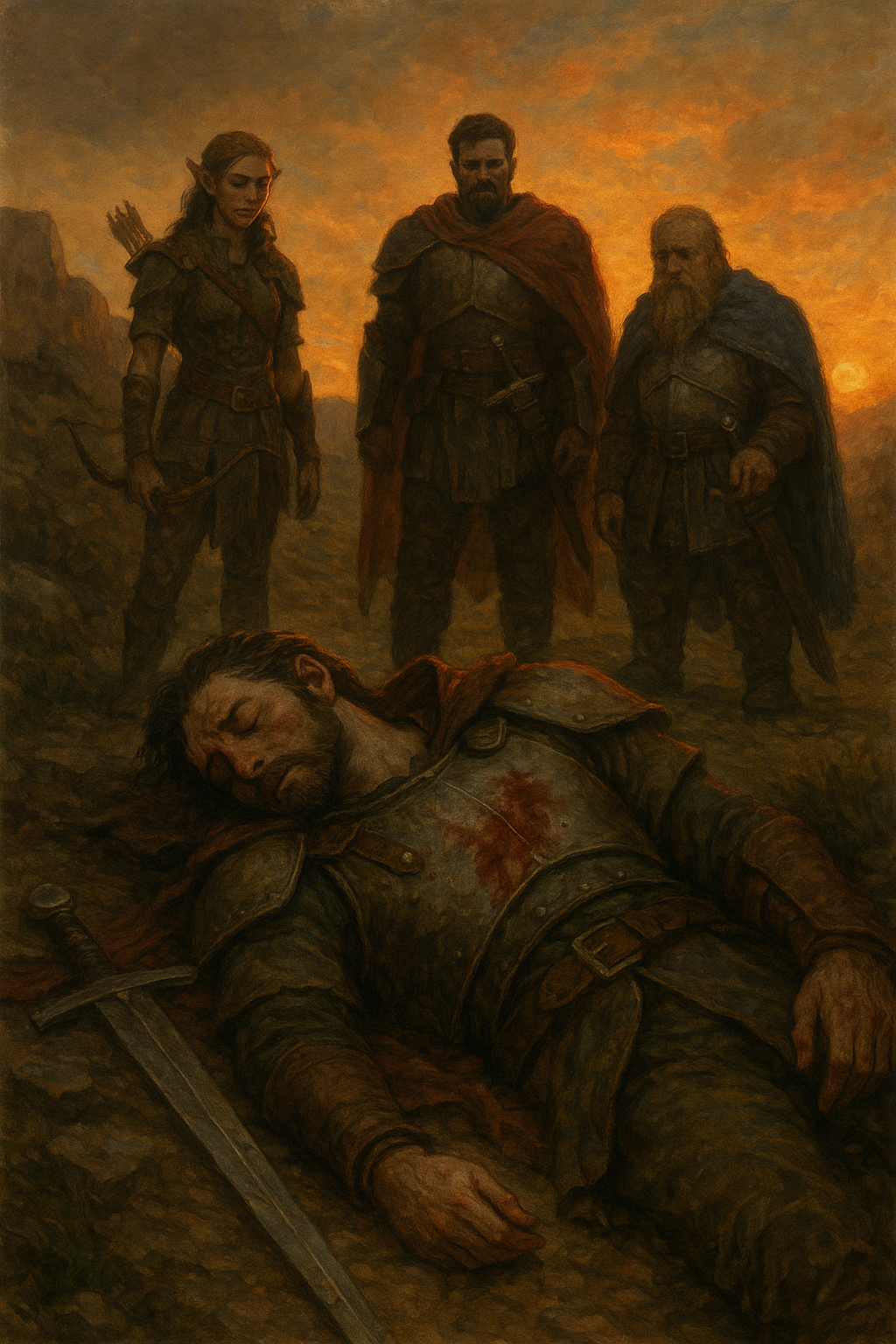
Dear Readers,
There is a moment every Dungeon Master dreads and longs for at the same time: the death of a beloved non-player character. It may be the grizzled mentor who taught the heroes how to survive, the treacherous villain whose end has been a long time coming, or the quirky innkeeper who inexplicably became a party favorite. No matter who it is, an NPC death scene can be one of the most powerful and memorable beats in your campaign. But pulling it off requires more than just describing hit point loss or a final saving throw. It is an art form that combines pacing, performance, and emotional truth.
Today we will break down that art form. We will journey together through the anatomy of a great NPC death scene. We will explore how to build emotional investment, how to stage the scene, how to narrate the moment itself, and how to manage the aftermath. Along the way you will find tips, stories, and narrative techniques to help you make the next NPC death at your table something your players will never forget.
Why NPC Death Scenes Matter
Death is not just a mechanical event. In roleplaying games it is a narrative turning point. A well-crafted NPC death can accomplish several things at once. It can deepen your world, raise the stakes for the player characters, and reveal truths about the story you are telling. It can also shift the tone of the campaign, signaling to the players that their actions have real consequences.
Many campaigns drift into a loop of encounter and reward, with NPCs serving as quest dispensers or stat blocks. When an NPC dies meaningfully, it breaks that loop and wakes everyone up. Players feel the impact of their choices and the vulnerability of the world.
Step One: Establishing Emotional Connection
An NPC’s death only matters if the players care. Before you even think about killing an NPC, you must invest in making them three-dimensional. Give them quirks, hopes, and a role in the party’s story. The more your players interact with an NPC as a person rather than a tool, the stronger the death scene will land.
Think about the recurring figures in your game world. Maybe it is the mercenary captain who treats the characters like younger siblings. Maybe it is the scholar whose absent-minded brilliance hides a courageous heart. Whoever it is, weave them into the players’ daily game life. Let them give advice, share rumors, or save the party from a tight spot.
A great exercise is to imagine the NPC’s life outside of the party. What are they doing when they are not on stage? What do they want? Who do they love? By understanding their inner life, you can bring small details to your roleplay that make them real. Those details accumulate like layers of paint until the players cannot help but feel invested.
Step Two: Foreshadowing the Possibility of Loss
Surprise deaths can be effective but risky. Without foreshadowing, they can feel arbitrary. By hinting at danger or vulnerability, you prepare the players emotionally. This does not mean spoiling the plot. It can be as subtle as a cough that never quite goes away, a cryptic prophecy, or a warning from another NPC.
Foreshadowing also allows you to test how much the players care. If they begin making plans to protect the NPC, you know you have succeeded. If they shrug, you may need to deepen the connection before you proceed.
One of the most powerful tools is dramatic irony. Give the players information the NPC does not have. Let them see the assassin’s blade in the shadows or hear rumors of a coming betrayal. As they race to intervene, the tension mounts. If they fail or arrive too late, the impact of the death scene doubles.
Step Three: Choosing the Moment and Setting
Timing is everything. An NPC’s death should happen at a point in the story where it will propel the narrative forward. Ask yourself what purpose the death serves. Does it motivate the heroes, close a chapter, or open a new mystery? Does it reveal a villain’s true power or sacrifice to save the party?
The setting amplifies the effect. A death in a sunlit meadow feels different than a death in a rain-slick alley. Consider using symbolic locations. If the NPC is a priest, perhaps they die at the foot of their altar. If they are a rogue, perhaps on a rooftop at dawn. These visual choices create a backdrop that reinforces the emotional tone.
Step Four: The Lead-Up Scene
When the moment approaches, slow down. Let the players sense the shift in tone. Describe the environment in more detail. Give them a chance to say or do something meaningful before the fatal moment arrives. This is your last chance to cement the bond between player characters and the NPC.
Perhaps the NPC confides a secret. Perhaps they hand over an heirloom. Perhaps they express pride or fear. These moments make the death feel like part of a larger life rather than a sudden disappearance.
You can also use cinematic techniques. Lower your voice. Pause between sentences. Ask players to describe what their characters see or feel. This shared authorship draws them deeper into the scene.
Step Five: The Death Itself
The actual moment of death should be vivid but not gratuitous. Focus on the sensory and emotional aspects rather than gore. Show how the world reacts. Does the battlefield fall silent? Does the wind shift? Does a candle gutter out in a nearby window?
Give the NPC a final gesture or line of dialogue. It can be heroic, tragic, or even humorous, depending on their personality. This last moment should echo something about who they were. A stoic warrior might simply nod in respect. A scheming villain might smile with dark satisfaction. A beloved mentor might whisper a blessing or a warning.
Resist the urge to narrate everything yourself. Let the players describe how their characters respond in real time. Give them space to emote, act, or even deny what is happening.
Step Six: The Aftermath
The death scene does not end with the NPC’s last breath. The aftermath cements its significance. Describe how other characters react, how the environment changes, and what new opportunities or threats emerge.
If the NPC’s death was public, consider how the community responds. Does a crowd gather? Do rumors spread? Does a rival take advantage of the power vacuum? If it was private, explore how the secret weighs on the party.
Encourage the players to engage in mourning rituals. Funerals, memorials, or even small gestures like carving initials on a tree can give closure and reinforce the emotional impact.
Step Seven: Consequences That Ripple Forward
A great NPC death scene does not fade into the past. It reverberates through the campaign. Allies may rally to the party’s side out of sympathy or vengeance. Enemies may gloat or redouble their efforts. Mysteries may arise about the circumstances.
Show how the world shifts in response. If the NPC was a leader, their faction may splinter. If they were a villain, their underlings may fight over the throne. If they were a friend, their family may seek answers. These ripples give the players a sense that their world is alive and reactive.
Balancing Shock and Agency
One of the hardest parts of running an NPC death is balancing surprise with player agency. Players may feel cheated if an NPC dies “off-screen” or without any chance to intervene. Whenever possible, let them witness or even attempt to prevent the death. Even if they fail, the attempt gives them ownership of the moment.
If you must kill an NPC off-screen, do so with dramatic justification. Perhaps they went missing and the party finds evidence of their demise later. Or perhaps a messenger brings grim news accompanied by a tangible token, like a bloodstained letter. This can still be powerful but requires careful delivery.
Using NPC Death to Develop Player Characters
A well-timed NPC death can reveal character traits in your players’ heroes. It can test their values, push them toward revenge or mercy, and even catalyze character growth.
For example, if a paladin’s mentor dies due to political intrigue, the paladin may question their faith or vow to reform the corrupt order. If a rogue’s criminal contact dies during a heist, the rogue may be forced to take leadership. These shifts make the story richer and more personal.
You can prompt these arcs by asking gentle questions. After the death, ask each player how their character feels, what they remember, or what they plan to do next. This encourages deeper roleplay.
Villain Deaths vs. Ally Deaths
Not all NPC deaths are equal. Villain deaths often carry catharsis, while ally deaths carry loss. Approach them differently.
When a villain dies, focus on the resolution of tension. Describe how the world changes now that their shadow has lifted. Show the reactions of their followers, the undoing of their magic, or the collapse of their fortress.
When an ally dies, focus on intimacy and personal connection. Show the small details that make the loss feel real: the empty chair at the tavern, the silent workshop, the pet waiting by the door.
In both cases, avoid reducing the death to a mere transaction. Give it narrative weight.
Leveraging Symbolism and Themes
Symbolism can elevate an NPC death scene from memorable to mythic. Consider the themes of your campaign and align the death accordingly.
If your campaign is about sacrifice, show the NPC giving up their life for a greater cause. If it is about betrayal, show them dying at the hands of someone they trusted. If it is about redemption, let their death be a final act of atonement.
Use visual motifs. Perhaps red leaves fall whenever blood is spilled. Perhaps a certain melody plays when a soul passes on. These recurring elements build a tapestry that connects disparate moments across your campaign.
An Example Scene: The Fall of Captain Dreyen
Let us construct an illustrative NPC death scene.
Captain Dreyen has been a steadfast ally to the party, a veteran of countless battles who taught them the ropes. He has a dry sense of humor, a habit of carving tiny wooden ships during downtime, and a secret past as a pirate. Over months of play the party has grown close to him.
The villain, a necromancer named Athelion, has captured a coastal fortress. The party storms the fortress with Dreyen at their side. In the climactic battle, Athelion unleashes a wave of necrotic energy. Dreyen intercepts it to protect the wizard of the group.
Describe the moment slowly. The storm outside lashes the fortress. The necrotic energy crackles like black lightning. Dreyen’s carved ship tumbles from his pocket and splashes into a puddle of seawater. His eyes meet the party’s one last time. “Sail true,” he whispers, then collapses.
Pause. Let the players react. Let the silence stretch. Then describe how the fortress trembles as Athelion’s power falters. The death is not just an endpoint but a pivot. It motivates the heroes to strike harder, and it sets up a future subplot about honoring Dreyen’s legacy.
Techniques for Different Tables
Every table has its own tone and style. Some groups thrive on melodrama, others on understatement. Tailor your NPC death scenes accordingly.
For a high-drama table, lean into cinematic tropes. Use bold gestures, swelling music if you like, and vivid metaphors. For a grounded table, keep it restrained, focusing on realistic reactions and subtle details.
Also consider cultural differences among your players. Some may find death scenes triggering or upsetting. Use session zero and safety tools to establish boundaries. Make sure everyone is comfortable with the level of intensity you bring to these moments.
The Power of Eulogies and Flashbacks
After an NPC’s death, you can extend their presence through eulogies or flashbacks. Perhaps an old friend shares a story at the funeral. Perhaps the party finds a journal or a recorded message. Perhaps a magical vision lets them speak one last time.
These techniques provide closure and deepen the world’s sense of history. They also let you reward players’ investment. Instead of the NPC disappearing forever, their memory becomes a resource for roleplay and plot.
Death as Transformation
Death need not be the end. In a fantasy setting, souls can linger, reincarnate, or ascend. An NPC who dies might return as a ghostly advisor, a celestial patron, or a cursed spirit. This allows you to explore themes of legacy and unfinished business.
However, use this sparingly. If every NPC returns, death loses its sting. Make sure the transformation serves a narrative purpose and feels consistent with the world’s metaphysics.
Handling Player Guilt and Responsibility
Sometimes players will blame themselves for an NPC’s death. They may feel they made the wrong choice or failed to act. Handle this sensitively. Acknowledge their feelings through the story. Perhaps other NPCs reassure them. Perhaps the dying NPC absolves them.
Alternatively, lean into the guilt if it serves the story. It can drive character arcs, inspire quests for redemption, or even fuel rivalries within the party. Just ensure it remains a collaborative narrative rather than a punishment.
Building Toward a “Death Arc”
One advanced technique is to plan a death arc for an NPC much as you would for a player character. Decide on the themes, foreshadowing, and consequences ahead of time. Plant seeds of their vulnerabilities and strengths. When the time comes, their death feels inevitable yet surprising, like the final chord of a song.
This does not mean railroading. Allow for the possibility that the players will save them. But prepare for the emotional and narrative beats so you are ready to deliver a powerful scene either way.
The Role of Player Choice in Mercy or Execution
Not all NPC deaths are scripted. Sometimes the party decides whether to kill or spare a foe. These moments can be just as potent as planned deaths.
If the players choose execution, give it weight. Describe the reactions of onlookers, the dying words of the condemned, and the moral repercussions. If they choose mercy, show how the spared NPC’s story continues. Either way, you reinforce that choices matter.
The Music and Sound of the Moment
If you use music at your table, a well-chosen track can elevate an NPC death scene. A haunting melody, a sudden silence, or even a diegetic sound like a temple bell can make the moment unforgettable.
Practice fading the music in and out. If playing online, consider preloading the track. Coordinate with your players if they also use sound. This small bit of preparation can produce a cinematic effect.
The Long Memory of NPC Deaths
In a long-running campaign, NPC death scenes become touchstones for the party’s shared history. Reference them later. Show the consequences echoing across months of play. Bring up the fallen NPC in dreams, prophecies, or anniversaries.
This reinforces the idea that the world remembers. It also rewards players who invest emotionally in your setting. They will feel like they are inhabiting a living story rather than a series of disconnected encounters.
When Not to Kill an NPC
As powerful as NPC death scenes can be, do not overuse them. If you kill too many NPCs, you risk numbing your players. Reserve this tool for moments that truly matter.
Also remember that some NPCs can accomplish more alive than dead. A living rival, mentor, or ally can create ongoing tension and narrative depth. Death should be the punctuation at the end of a meaningful sentence, not the default outcome.
Bringing It All Together
The anatomy of a great NPC death scene is a symphony of preparation, performance, and aftermath. It begins long before the final blow, in the quiet moments of characterization and foreshadowing. It crescendos in the carefully staged setting and the vivid moment of passing. It resonates afterward in the reactions of the world and the growth of the characters.
As a Dungeon Master, you wield the power to create these unforgettable beats. Approach them with respect and artistry. Listen to your players, collaborate with their imaginations, and let the story breathe. When the time comes, your NPC’s death will not just be a line in your notes but a living memory at your table.
So the next time you sense an NPC’s story arc reaching its peak, do not shy away from the ultimate scene. Prepare your setting, your players, and your own heart. Deliver it with all the care and drama you can muster. And when the torches dim and the dice fall silent, you may find that you have created one of those rare gaming moments that will echo long after the campaign ends.
Until next time, Dear Readers…
















